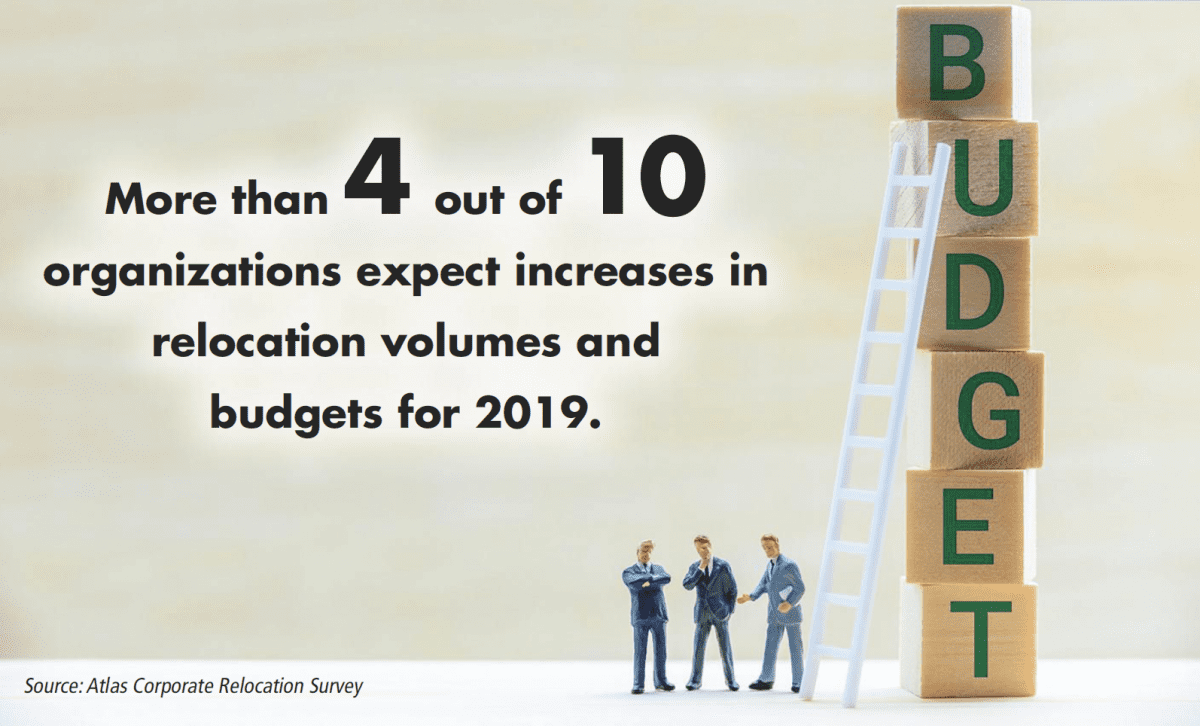Strategies to help ease the anxiety that often comes with a company-wide relocation.
By Lisa Mendelsohn
For many employees, the thought of their company moving to a new location can be terrifying. So many questions race through their heads: What does this mean? Is my job in jeopardy? What about my family? My spouse? My kids? This is a very human and normal reaction to such an announcement, and it happens more often than not. It boils down to human nature and the fear of ambiguity. What can HR leaders do to mitigate the worry and make the process of a company move less stressful for employees?
As a general rule, executive-level stakeholders often lead group move initiatives within an organization. But it is essential that HR leaders are a part of the move process from the very beginning. What are some best practices to consider?
1. Know and understand the workforce. Often, employee concerns are not top of mind of group move management leaders. But employee concerns are a core competency of the HR function, and having a seat at the table only reinforces this. Compensation and benefits information are at HR leaders’ fingertips. This information takes the numbers out of the group move strategy and replaces them with employee names and demographics. With this information, HR will be able to bring valuable insights and considerations to the management table, inviting stakeholders to think about and evaluate important questions. These may include: Where do employees live? How many have families? How many are single? Who is critical to the success of the organization? What positions can be recruited locally?
All of these questions can help frame how an organization should approach its relocation package and offering. Getting personal helps the leadership team understand the potentials or the risks dependent on that mix of the population. A proper up-front assessment of a company’s actual and active population can shape and guide the strategy of a group move from the very beginning. This is first and foremost before embarking on the journey.
2. First impressions are everything. Just like a job interview, first impressions are everything when it comes to group moves. The approach and delivery of the communication is paramount to a successful execution. It can help put anxious employees at ease and answer many of the questions they may have. The moment a company announces it’s moving to a new city or state, the human brain tends to stop right there. Employees hit a wall and can’t move past it because they’re blindsided. Everything that’s said afterwards is just words because employees are thinking about concerns and uncertainty.
HR executives need to coordinate efforts with communications and other leaders on how to best craft the initial announcement of change. And often, one size does not fit all. Organizations may need to tailor communications for different company roles and internal stakeholders.
3. What’s the offer? Employees are clearly going to be wondering about their future. The offering allows for a fair assessment of how many employees will actually make the move and how many employees will choose to leave the company. It’s also fair to evaluate how a company move affects things such as revenue-generating positions, the impact on the bottom line, and the bearing on support functions, among others. All of these considerations then help with the delivery of the message and its effectiveness. Delivering a real message with a transparent approach will foster visibility and the best chance at a positive acceptance rate.
Change is never easy, and a job relocation can be extremely challenging and unnerving for employees. While a company move presents a challenge, it’s also an opportunity for a new beginning and positive start.
When handling a company group move, HR leaders need to have a voice when critical decisions are being made and planned. Assess the company’s employee population to determine the best approach when communicating and developing the offers. Above all else, a well-thought-out plan on how to communicate the move to employees is essential for a successful group move.
Lisa Mendelsohn is regional director, Americas for Crown Mobility.















